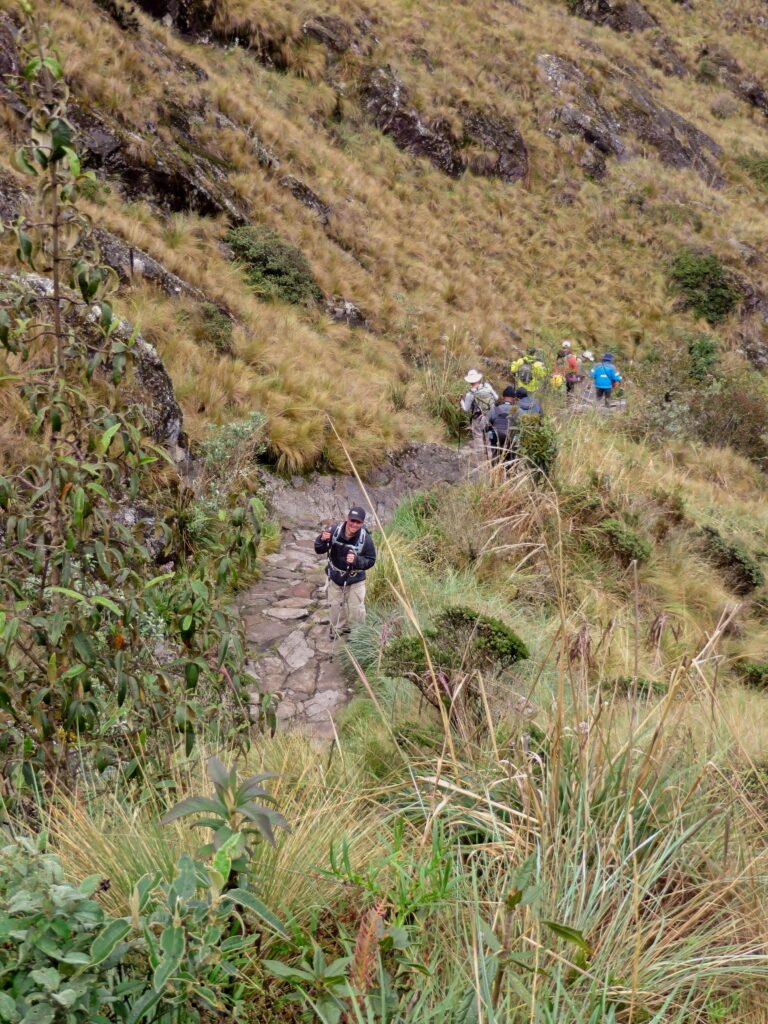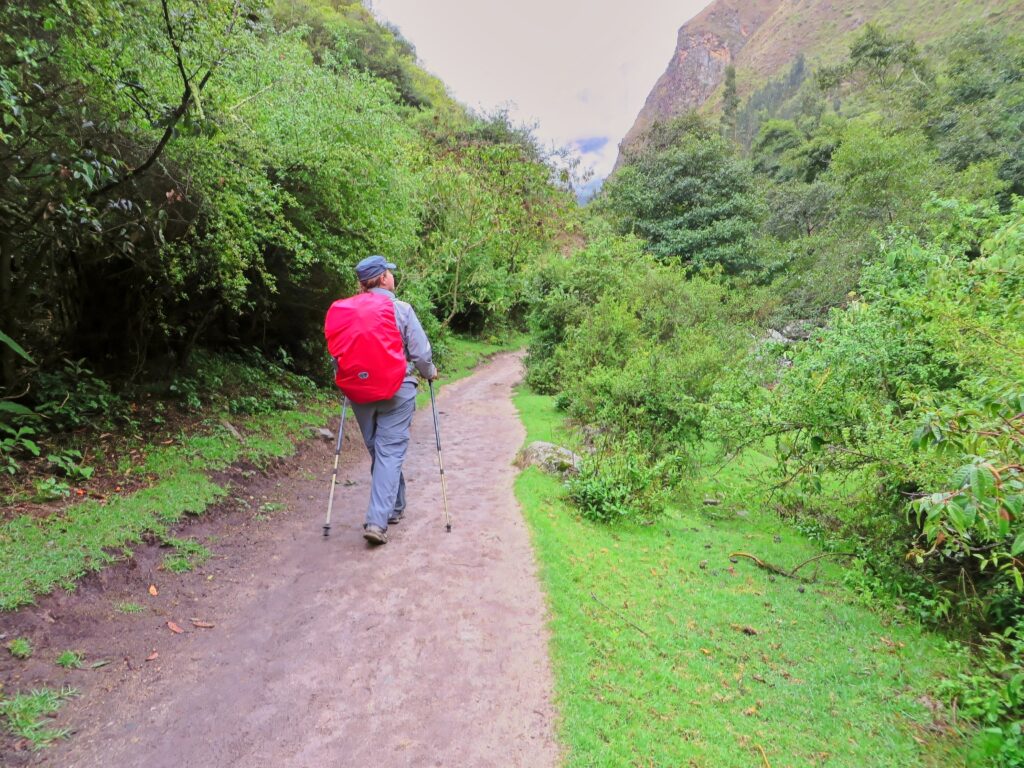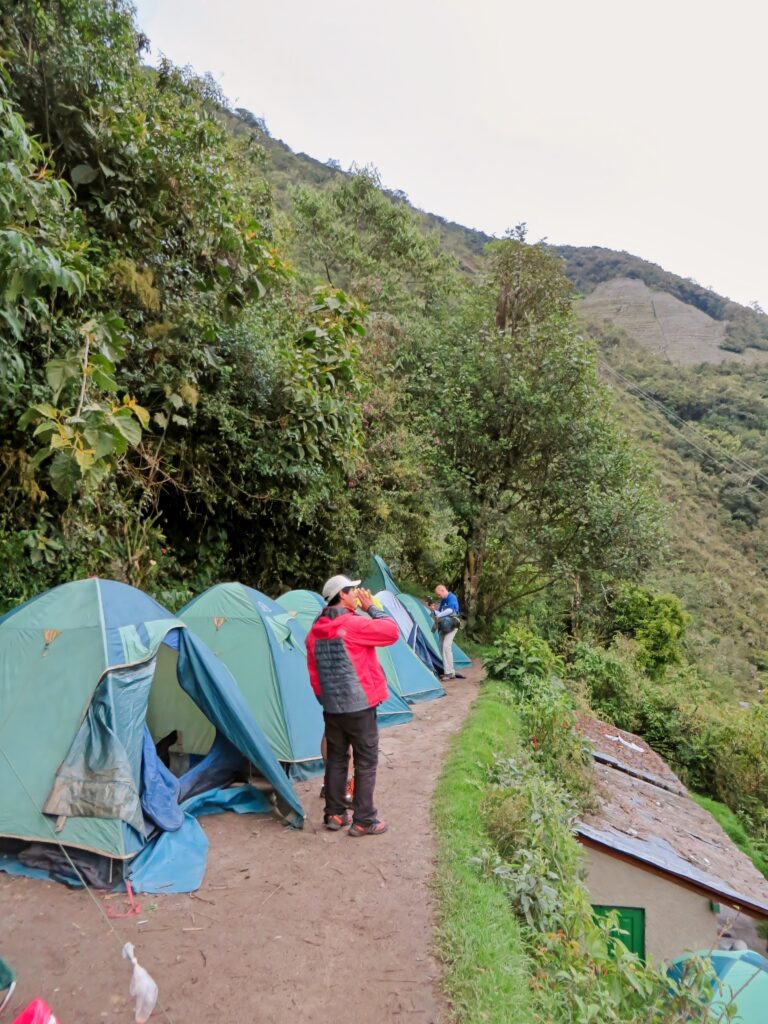Hiking in Peru offers a unique opportunity to explore breathtaking landscapes and immerse yourself in its rich cultural history. From the towering Andes to the ancient ruins of Machu Picchu, every step connects you with nature and the past. However, one of the greatest challenges you may face is altitude sickness, which can impact your experience.
This post shares the best practical tips to help you avoid altitude sickness and fully embrace the stunning beauty around you. With the right preparation and knowledge, you can safely enjoy your trek.
Note: These tips aren’t just for Peru! They can help you conquer high-altitude hikes anywhere in the world, empowering you to embrace new heights with confidence!
What Is Altitude Sickness?
Altitude sickness has three categories: acute mountain sickness (AMS), high-altitude pulmonary edema (HAPE), and high-altitude cerebral edema (HACE).
AMS is the mildest form and occurs when you ascend too quickly to high altitudes without giving your body the time it needs to adjust. At higher elevations, oxygen levels drop, and your body struggles to get enough oxygen to function properly. Symptoms can vary from mild to severe, including potentially crippling headaches, dizziness, nausea, fatigue, and shortness of breath. In rare and more severe cases, it can lead to the life-threatening conditions of HAPE or HACE.
If you’ve experienced altitude sickness before, you’re more likely to encounter it again in the future. The key to avoiding altitude sickness and fully enjoying your adventure is to know how to avoid it and recognize the symptoms early should they occur.
How High Is Too High?
Peru is home to some of the world’s most incredible mountain ranges, and many of its trekking routes take you to altitudes well above 3,048 m (10,000 ft). For example, Machu Picchu is located at 2,430 m (7,970 ft), but many of the popular treks to get there, like the Inca Trail, start at around 2,750 m (9,000 ft) and climb to almost 4,267 m (14,000 ft). Some routes, like the Salkantay Trek, soar above 4,572 m (15,000 ft).
The higher you go, the thinner the air, which means your body will need more time to adapt. Understanding these risks and how to avoid altitude sickness is essential to fully enjoying your hike.

9 Best Tips to Avoid Altitude Sickness in Peru
1. Train Before You Travel
Preparing for high-altitude hiking is your chance to build the strength, endurance, and mental resilience needed for an unforgettable adventure. While the thin air of the Andes is difficult to replicate in most places, you can still ready your body for the challenge.
Focus on cardiovascular exercises like running, cycling, or swimming to boost your aerobic capacity, ensuring you stay energized during long days on the trail. Finding hilly terrain or mountainous areas to hike with a weighted backpack will strengthen your legs and core, simulating the inclines of Peru’s trails and works towards avoiding altitude sickness.
We dedicated a year to building our endurance, training in the Rocky Mountains of Alberta, where we sought out hikes with steep ascents and high elevations. One of our favourite hikes, Centennial Ridge Trail, was the closest we could get to high-altitude conditions and is the highest maintained trail in the Canadian Rockies with a summit of 2819 m (9249 ft).
Every step, no matter how difficult, brought us one step closer to the adventure of a lifetime in Peru.
2. Acclimatize Just Before Your Hike
Give your body the time it needs to adjust to the majestic heights of Peru. Acclimatization is the key to preventing altitude sickness and truly embracing the adventure ahead.
If possible, spend 2-3 days in a high-altitude city like Cusco (3,399 m or 11,152 ft) or the Sacred Valley, letting your body adapt to the thinner air. Take this time to relax, hydrate, and soak in the beauty around you as your body gradually adjusts to avoid altitude sickness.
3. Stay Hydrated
Proper hydration is essential when hiking at high altitudes, where the air is drier and moisture loss happens faster. Dehydration can intensify the symptoms of altitude sickness, so make it a priority to drink plenty of water throughout the day. Aim for at least 3-4 liters (100-135 oz) to keep your body fully fueled and ready for the adventure.
In addition to water, electrolyte-rich drinks with sodium or potassium can help maintain your hydration levels and keep you feeling energized. Avoid alcohol and caffeine, as they can dehydrate you, leaving you more vulnerable to the effects of the altitude.
Stay hydrated, and your body will thank you, making your journey through the Andes more enjoyable and safer.
4. Eat Light, High-Carb Meals
Your diet is a powerful ally in helping your body adapt to the high altitudes of Peru and avoiding altitude sickness. At higher elevations, focus on light, easily digestible meals rich in carbohydrates, think pasta, rice, potatoes, and fresh fruits. These foods will provide a steady, sustainable source of energy to keep you going strong throughout your trek.
Avoid heavy or greasy foods that can slow you down and make digestion harder. Instead, opt for smaller, more frequent meals to maintain your energy levels throughout the day.
This simple approach will ensure you stay energized and focused by helping your body adjust to the altitude.
5. Pace Yourself and Take It Slow
Pacing yourself is one of the most important steps in avoiding altitude sickness. The thinner air at high altitudes means even experienced hikers can feel winded or fatigued more quickly.
It’s crucial not to push yourself too hard; instead, move at your own pace and listen to your body’s signals. Take breaks when needed, allowing your body the time it needs to adjust to the changing altitude.
If you begin to feel short of breath or dizzy, don’t hesitate to stop and rest. Giving yourself permission to slow down will help you stay safe and enjoy the journey. Remember, this adventure is about the experience, not rushing to the destination.
By pacing yourself, you’ll give your body the chance to gradually acclimate and fully embrace the beauty of the mountains.

6. Sleep at Lower Altitude
It’s essential to sleep at a lower altitude than your highest point of the day, allowing your body to acclimatize with ease. Regular breaks and resting at lower elevations gives your body the time it needs to adjust, easing the impact of the high altitudes and avoiding altitude sickness.
Especially in the early days of your trek, this approach is key as your body is still adapting to the thin mountain air.

7. Consider Medication
For some hikers, medication can offer an extra layer of protection against altitude sickness. Acetazolamide is commonly used to help your body acclimatize faster by aiding the adaptation to lower oxygen levels. It can be a helpful tool in managing altitude challenges.
Before taking any medication, consult with a healthcare provider to ensure it’s right for you and discuss any potential side effects (such as frequent urination) or interactions.
8. Coca Leaves and Coca Tea
Embrace the ancient wisdom of Peru with coca leaves and coca tea, natural remedies that help your body adjust to high altitudes. Though scientific evidence is limited, people in the Andes have used coca leaves for centuries to prevent altitude sickness and aide in endurance.
The leaves are believed to enhance oxygen absorption and circulation, and are commonly offered as tea by guides while hiking the Inca Trail. Sip coca tea throughout the day to support your acclimatization or chew a few leaves for an extra boost to avoid altitude sickness.
9. Know the Symptoms and Act Quickly
Even with careful planning, you may not be able to avoid altitude sickness, so recognizing the early signs and acting quickly is crucial. Symptoms such as headache, dizziness, fatigue, nausea, shortness of breath, and bluing of nails are your body’s signals that something isn’t right. If you experience any of these, stop ascending, rest, and allow your body time to recover.
If the symptoms persist or worsen, descending to a lower altitude is essential. More severe symptoms like confusion or extreme shortness of breath require immediate medical attention.
The sooner you respond, the easier it will be to manage altitude sickness and continue enjoying your adventure.
Our Experience
Despite all our preparation, training, and acclimatization, we still faced unexpected challenges during our hike on the Inca Trail and while visiting Lake Titicaca (3810m/12,500ft).
I experienced severe altitude sickness on the Inca Trail, which required oxygen supplementation to manage the symptoms. It was a reminder of how unpredictable altitude sickness can be, even with the best planning and preparation in place.
Thankfully, our guides were prepared for such situations. Reputable trekking companies in Peru carry oxygen kits as standard gear, offering an added layer of safety and peace of mind.
With our guide’s quick response, the oxygen helped stabilize the situation, allowing me to safely continue our trek through the Andes.

Avoiding Altitude Sickness in Peru: Key Takeaways
Hiking in Peru is an opportunity to push yourself physically and mentally, exploring breathtaking landscapes and uncovering ancient wonders along the way.
Avoiding altitude sickness in Peru is about taking proactive steps to ensure your body is in sync with the stunning heights you’re about to explore. By acclimatizing, staying hydrated, fuelling with the right foods, and pacing yourself, you can minimize the risks and fully immerse yourself in the awe-inspiring landscapes around you.
Even with the best planning, altitude sickness can still sneak up on you, so be mindful of your body’s signals and respond swiftly. With these steps in place, you’ll be ready to embrace every breathtaking moment of your journey through the heart of Peru.
Disclaimer:
The tips provided are for informational purposes only and are not a substitute for professional medical advice. Before embarking on any high-altitude adventure, it is strongly recommended that you consult with a healthcare provider.
Ready to plan your next adventure? Head over to our Travel Resources page. It’s packed with the tools and tips we swear by to make every trip amazing!
Only those who will risk going too far can possibly find out how far one can go.
T.S. Elliot






